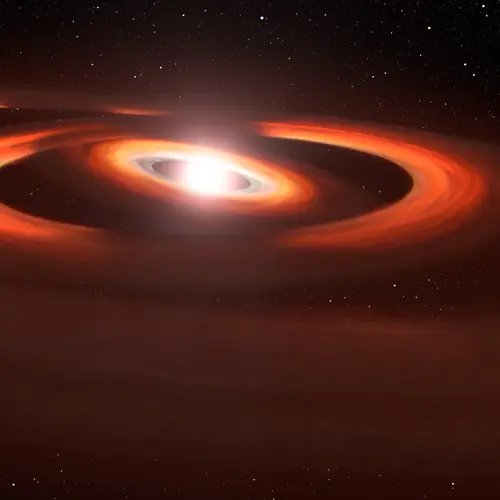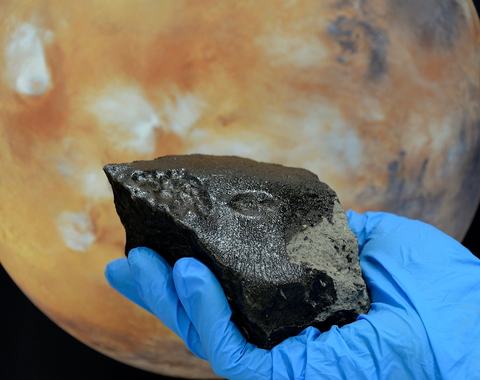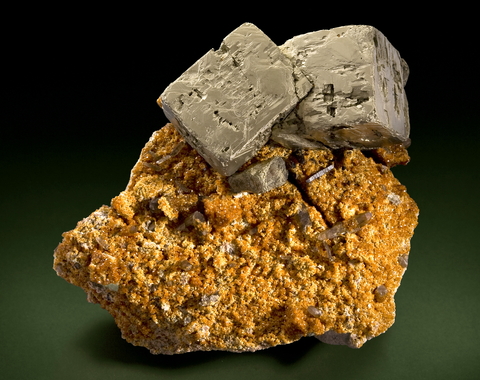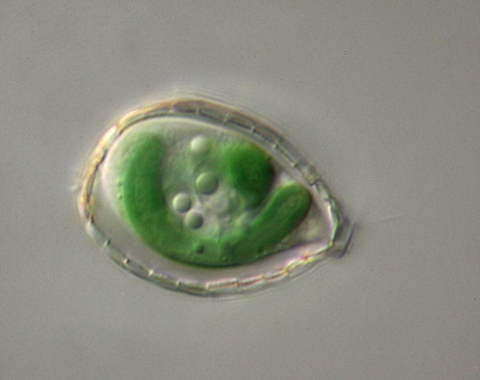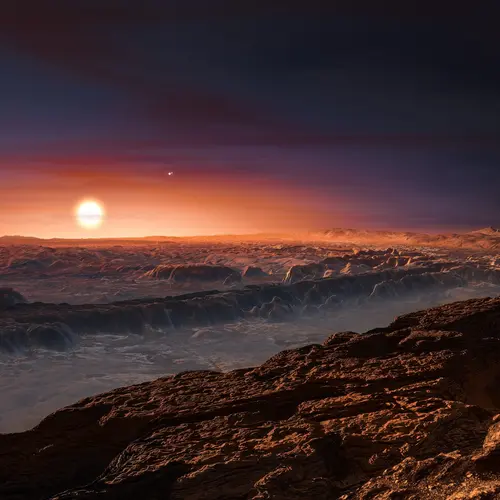
What Makes an Exoplanet Habitable?
The Carnegie Science-led AEThER project combines astronomy, astrophysics, cosmo- and planetary chemistry, planetary physics and dynamics, experimental and theoretical petrology, and mineral physics to answer fundamental questions about the nature of exoplanetary solar systems and the characteristics that lead rocky planets to have clement surfaces suitable for the development of life. The final product of this project will be a new perspective on what kinds of planets in what stellar environments are most likely to develop habitable surfaces where life can thrive and then be remotely detected.
Visit AEThER Project WebsiteTrying to Figure Out Where We Came From
Origins research at Carnegie Science combines questions about ancient Earth, microbial communities, our planetary neighbors, and distant worlds.
We are researching life’s chemical and physical evolution, from its pre-solar beginnings through planet formation.
Carnegie science astronomers are working to piece together the processes that shape a planetary system's life story.
We now understand that both plants and animals require life-long and co-evolved relationships with the microbial world.
Relevant News Stories:
Origins Series
From the beginnings of recorded history, humans have had a fascination with their origins. As part of our ongoing Science & Society project, Carnegie Science is pleased to present a series of four discussion forums on origins-related questions, including: How did we get here, where are we going, are we alone and what does that mean for humanity?
This video series highlights the importance and process of discovery science—emphasizing both how scientists think about fundamental questions and that science is an ongoing data-based debate.
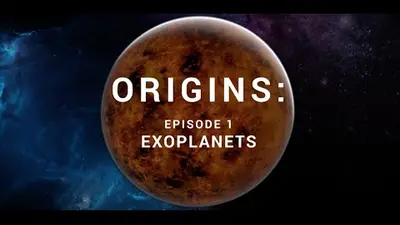
Carnegie Origins: Exoplanets

Carnegie Origins: Earth’s Journey Toward Life
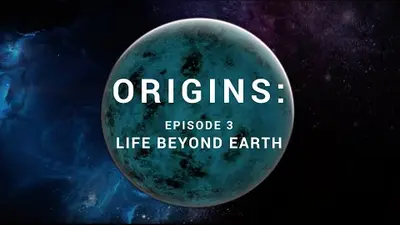
Carnegie Origins: Life Beyond Earth
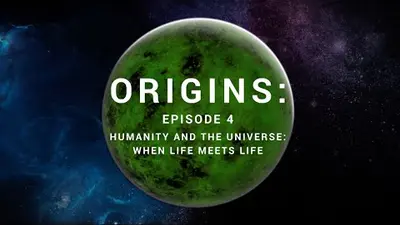
Carnegie Origins: Humanity and the Universe: When Life Meets Life


